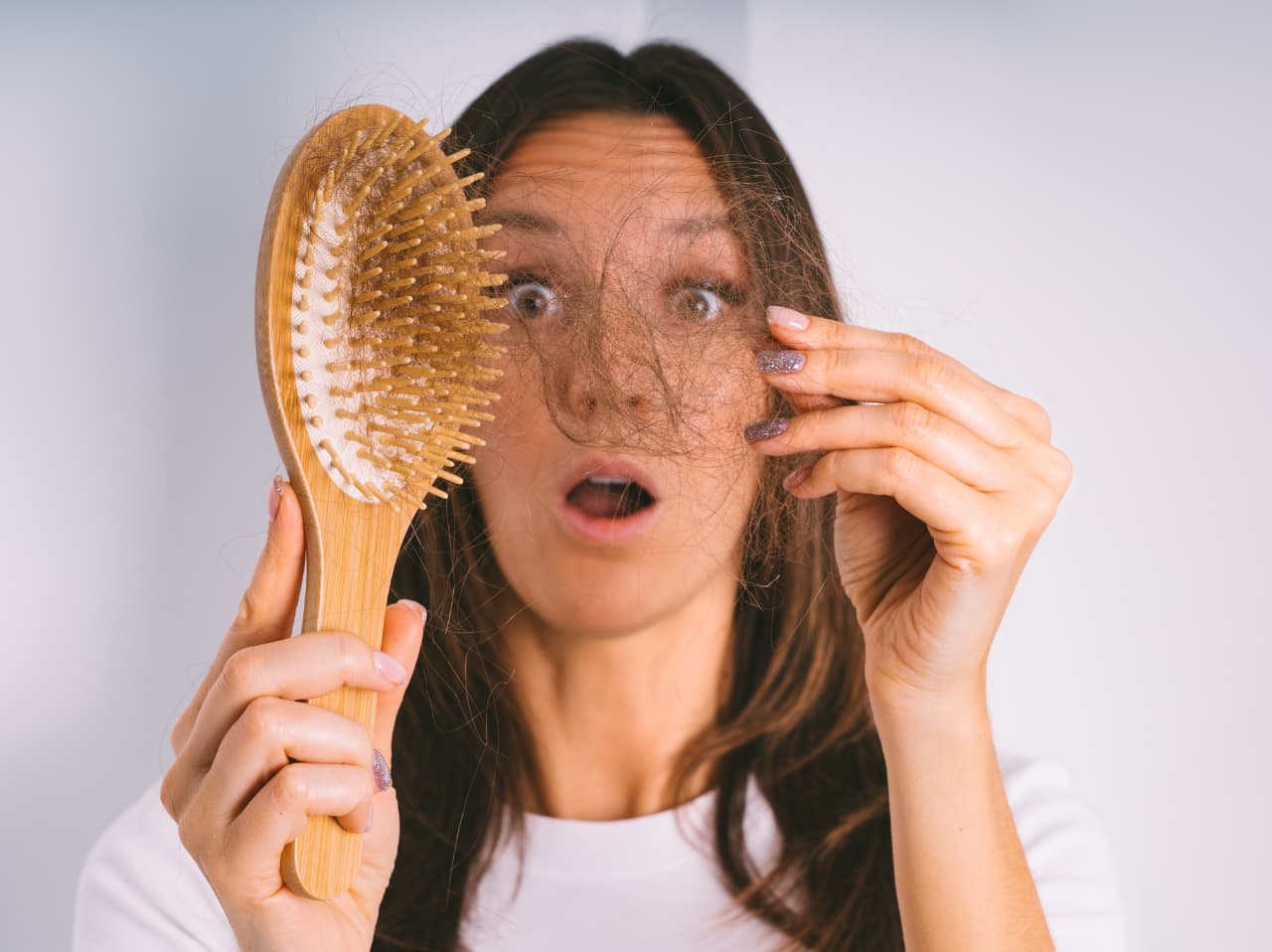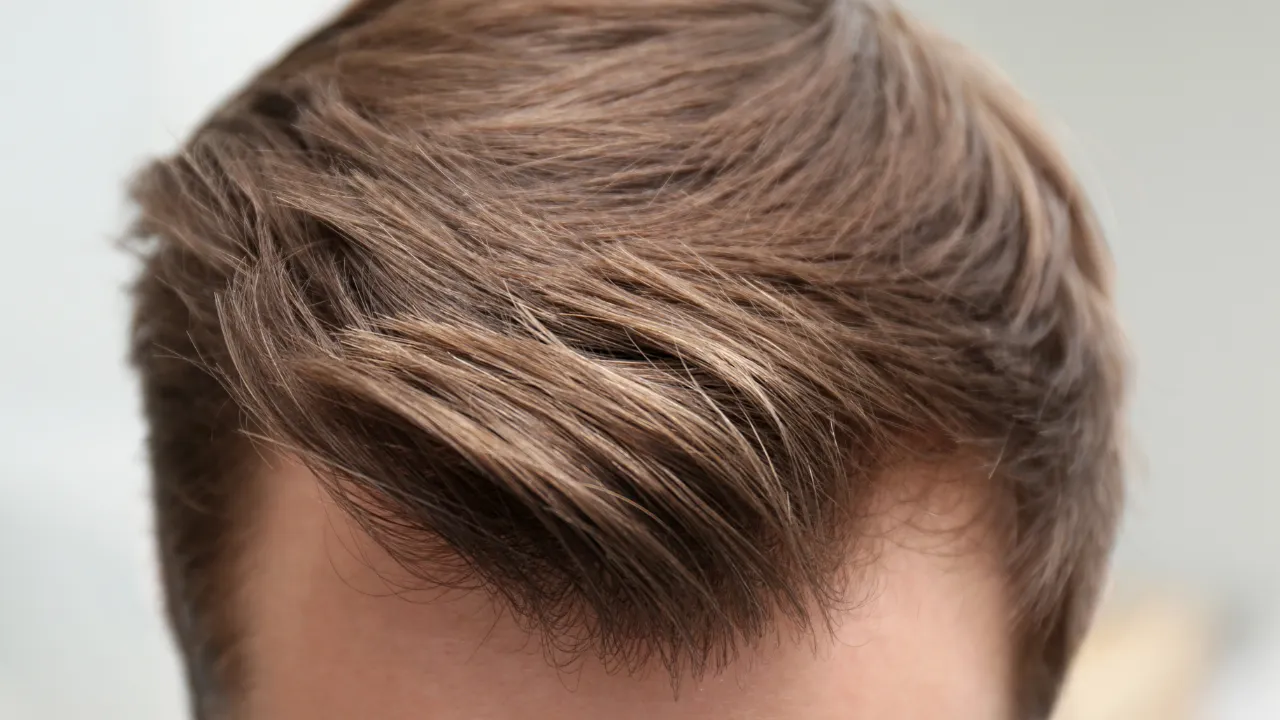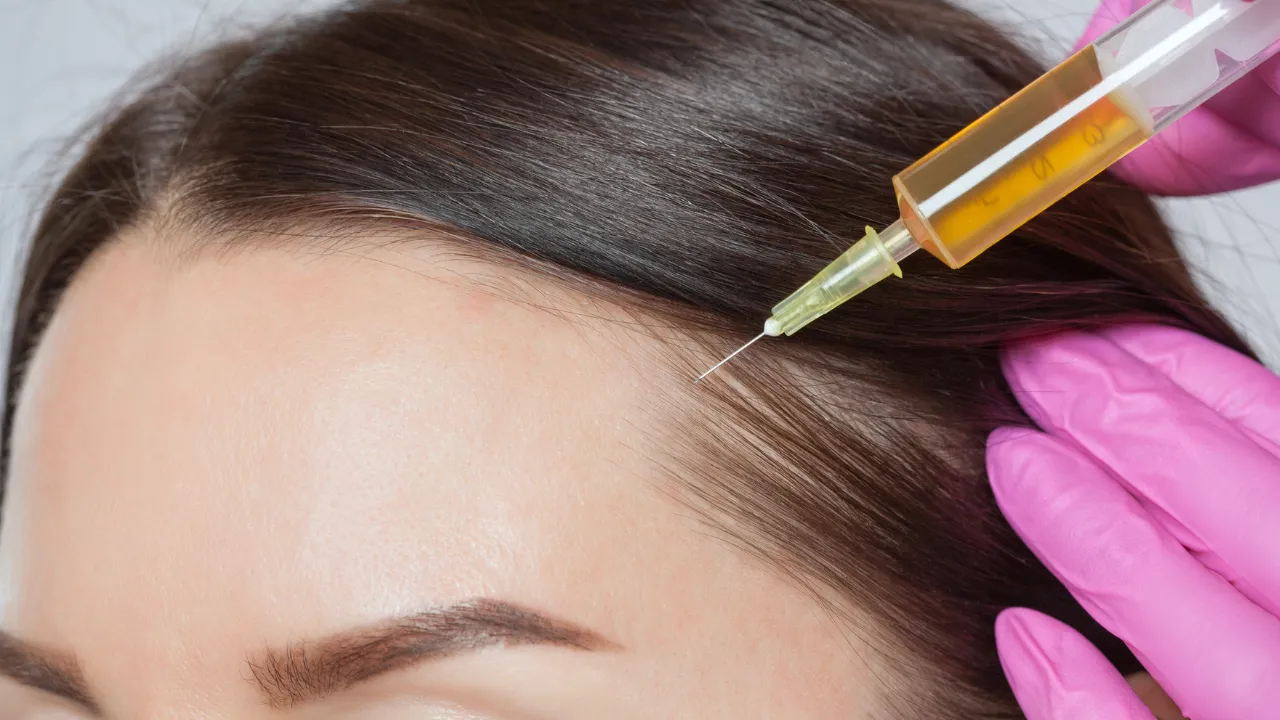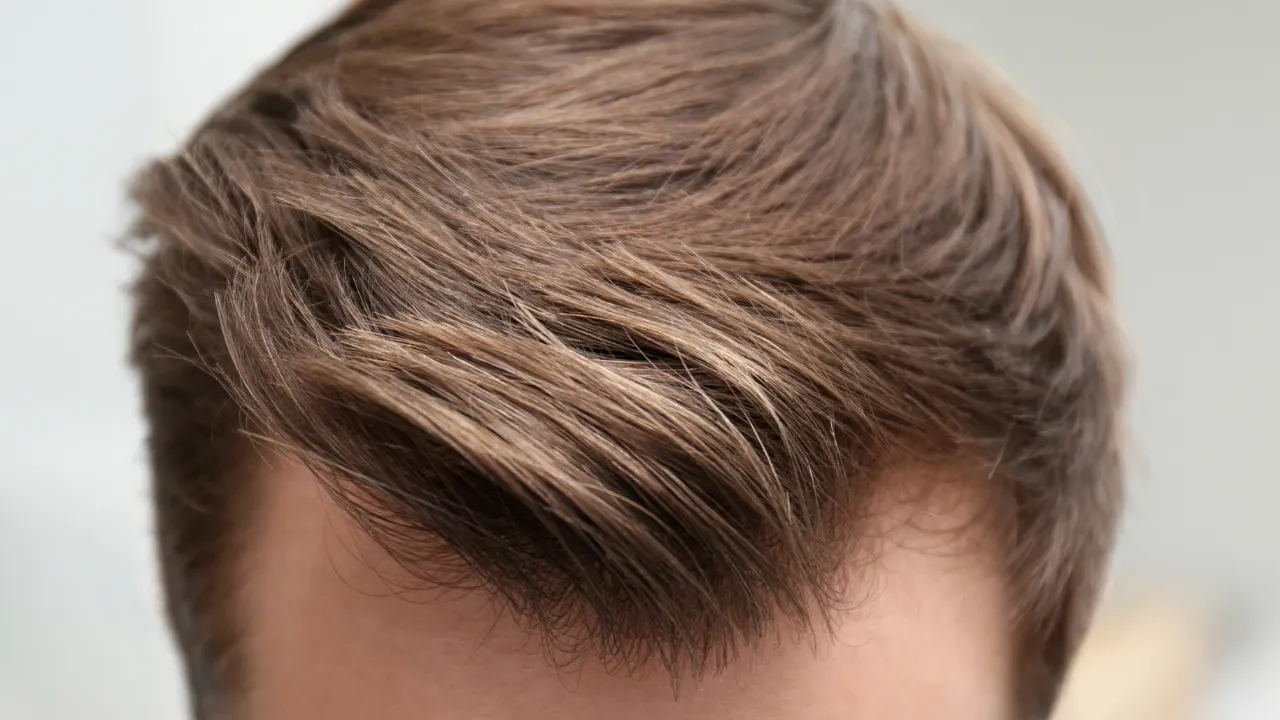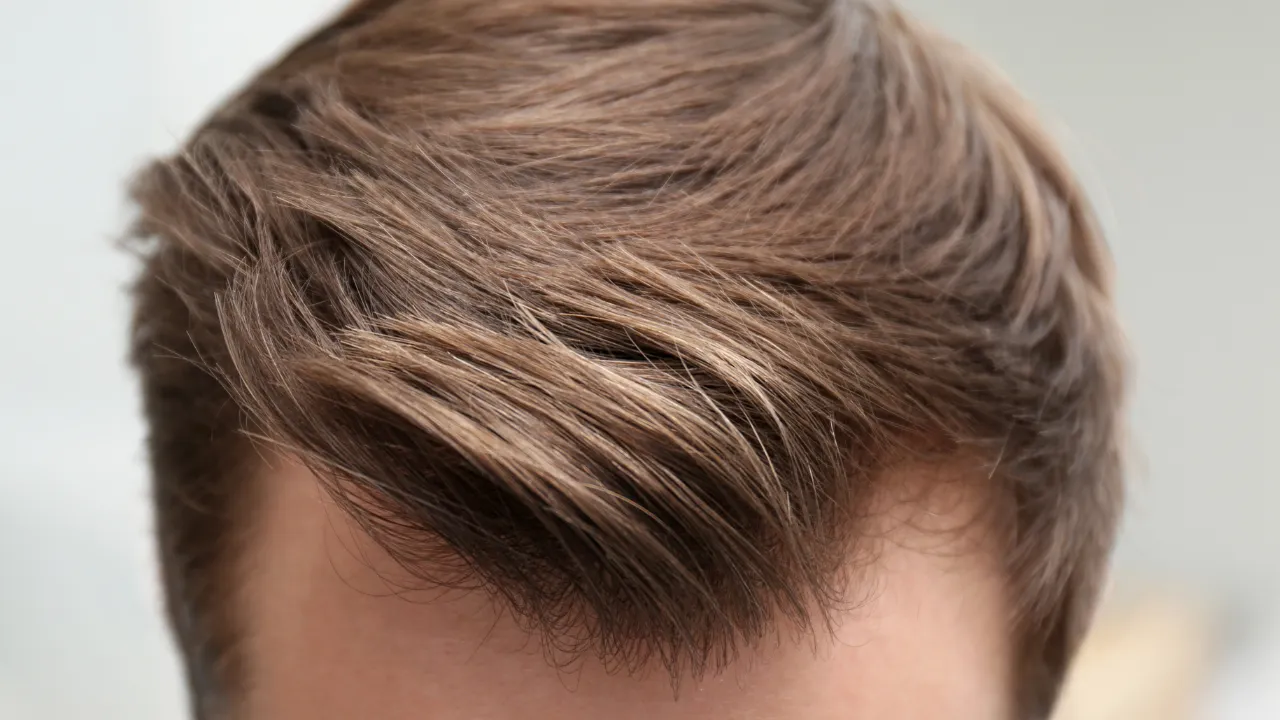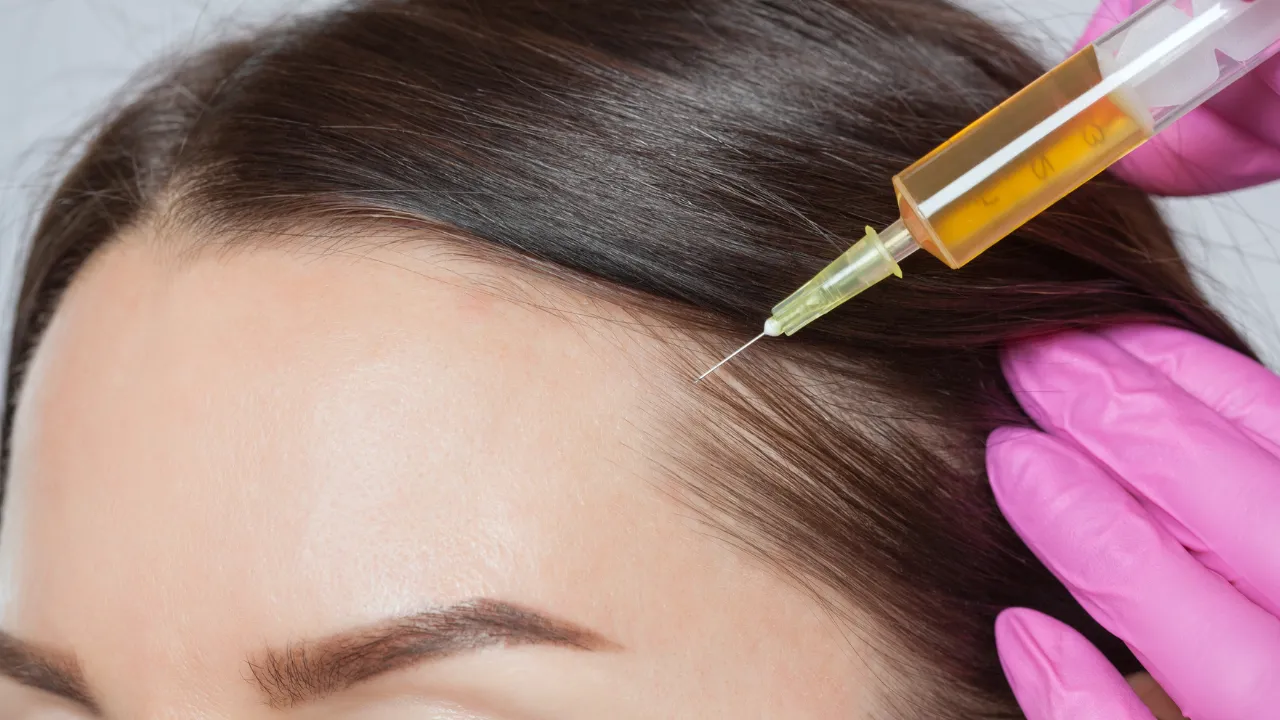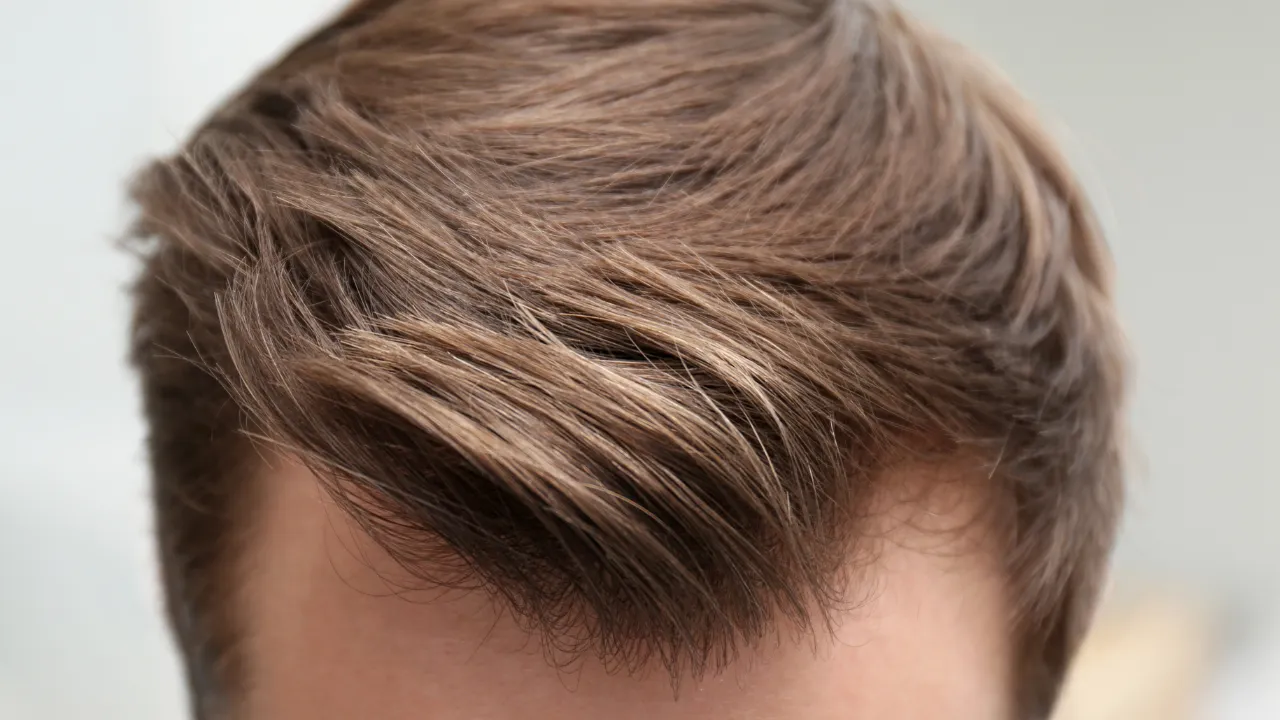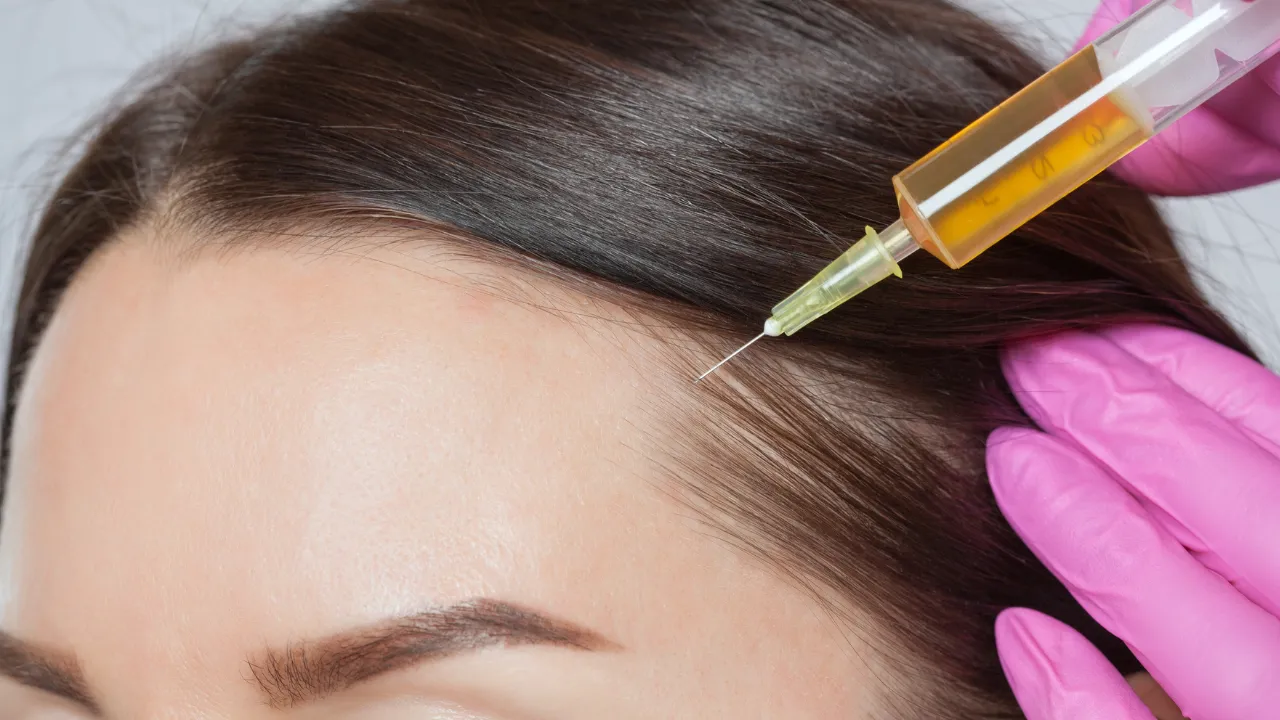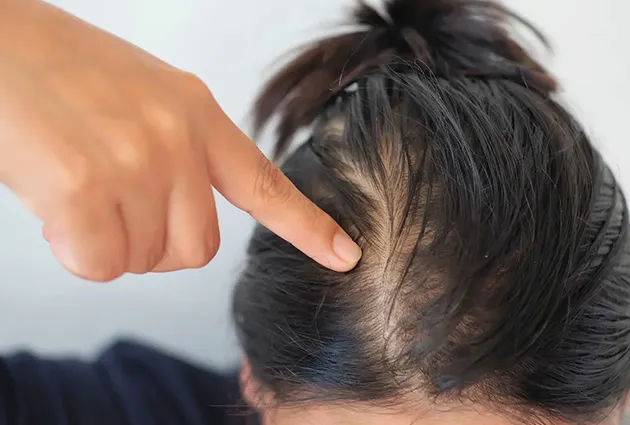As a hair surgeon with years of experience in treating male pattern baldness, I’ve seen the transformative effects of Finasteride on countless patients. In this comprehensive article, I will delve deeper into various aspects of Finasteride, sharing my professional insights and experiences to provide a thorough understanding of this medication.
Effectiveness of Finasteride for Hair Loss
Finasteride’s primary role in treating hair loss is to inhibit the enzyme 5-alpha reductase, which converts testosterone into dihydrotestosterone (DHT). DHT is a key hormone implicated in the progression of hair loss. By reducing DHT levels, Finasteride helps in slowing down hair thinning and, in many cases, promoting regrowth. In my practice, approximately 86% of men taking Finasteride experience a significant reduction in hair loss, and about 65% notice hair regrowth, typically after consistent use for about a year. However, individual responses can vary, and factors such as the stage of hair loss at the start of treatment, age, and genetic predisposition can influence the effectiveness of the treatment. Early intervention tends to yield better results, as it’s easier to slow down or reverse hair loss in its initial stages.
Long-Term Safety of Finasteride
Finasteride is generally considered safe for long-term use, with most side effects being mild and reversible. The most common side effects include sexual dysfunction, such as decreased libido, erectile dysfunction, and reduced semen volume. However, these side effects are not experienced by all users and often resolve after discontinuing the medication. The long-term safety continues to be a subject of ongoing research. As a hair surgeon, I keep abreast of the latest studies and findings to ensure my patients receive the most up-to-date information and care. Educating patients about the potential risks and benefits of Finasteride is an integral part of my practice, empowering them to make informed decisions about their health and hair loss management.
When to Expect Results
Patience is essential when starting any new hair loss medications. Typically, patients begin to notice changes in their hair loss patterns within 3 to 6 months of consistent use. However, significant hair regrowth might take longer to become noticeable. Consistent daily use of Finasteride is key to achieving and maintaining positive results. Skipping doses or inconsistent use can reduce the effectiveness of the treatment and delay the desired outcomes. As part of my practice, I provide ongoing support and guidance to patients undergoing Finasteride treatment, helping them manage expectations and address any concerns that may arise during the course of treatment.
Comparing Minoxidil and Finasteride
Minoxidil and Finasteride target different mechanisms involved in hair growth. While Finasteride works by reducing DHT levels, Minoxidil acts by increasing blood flow to hair follicles and extending the anagen (growth) phase of hair. This difference in action makes them complementary in treating hair loss. In my practice, I often recommend using both Minoxidil and Finasteride together for a more comprehensive approach to hair loss treatment. However, every patient’s response to these medications can vary, so I closely monitor each patient’s progress and adjust treatment plans as needed.
Safest Dose of Finasteride
The standard safe dose of Finasteride for treating hair loss is 1 mg daily. This dosage has been extensively studied and is proven to be effective in reducing hair loss and promoting regrowth in many patients. In some cases, a higher dose of Finasteride, such as 5 mg, may be prescribed, particularly for patients with coexisting conditions like benign prostatic hyperplasia (BPH). However, higher doses may not necessarily lead to better results in hair regrowth and can increase the risk of side effects. The dosage is personalized based on individual response and tolerance, with regular assessments to make any necessary adjustments.
Duration of Treatment
Continuous, long-term use of Finasteride is necessary to maintain its benefits. The medication works by altering hormonal pathways, and these effects are only sustained as long as the medication is taken. Patients need to understand that Finasteride is not a quick fix but a long-term commitment, requiring dedication and consistency to achieve and maintain results. Regular follow-up appointments are crucial for patients on long-term therapy, allowing for monitoring of the patient’s response to the medication and addressing any concerns or side effects that may arise.
Use in Women
Finasteride is not typically recommended for women, especially those of childbearing age, due to potential risks. The medication can cause birth defects if used during pregnancy. Therefore, its use is generally restricted to postmenopausal women or those who are not at risk of becoming pregnant. Some dermatologists may recommend Finasteride for women hair loss in specific cases, especially postmenopausal women. Its use should be closely supervised due to potential hormonal effects. When counseling female patients about hair loss treatment options, I discuss the risks associated with Finasteride and explore alternative therapies that may be more suitable for female pattern hair loss.
Managing Side Effects
The most common side effects of Finasteride include sexual dysfunction, such as decreased libido, erectile dysfunction, and reduced semen volume. While these side effects are not experienced by all users, it’s important for patients to be aware of them and monitor any changes in their health. As a hair surgeon, part of my role is to address any concerns patients may have regarding side effects, providing support and guidance on managing these issues. Open communication between the patient and healthcare provider is essential in managing side effects, allowing for timely intervention and adjustments to the treatment plan.
Finasteride and Prostate Cancer Risk
Research has shown that Finasteride may reduce the risk of low-grade prostate cancer but may slightly increase the risk of high-grade cancer. This complex relationship necessitates careful consideration of the benefits and risks of the medication, especially in older men or those with a family history of prostate cancer. For patients on Finasteride, regular prostate screenings and consultations with a healthcare provider are important.
Finasteride with Hair Transplant
Finasteride is beneficial for patients undergoing hair transplants, as it helps in preventing further hair loss and maintaining the density of existing hair. Starting Finasteride treatment 3-6 months before a hair transplant is recommended to stabilize hair loss and improve the overall health of the hair and scalp. After a hair transplant, continuing Finasteride is often advised to maintain the results and prevent further hair loss.
Planning to Have a Baby
Men planning to conceive should consider discontinuing Finasteride due to potential risks, including decreased sperm count and quality. The decision to discontinue Finasteride should be made in consultation with a healthcare provider, and alternative treatments for hair loss that do not pose risks to fertility or fetal development should be explored during this period.
Oral vs. Topical Finasteride
Oral and topical Finasteride offer different methods of delivery with varying impacts on systemic exposure. Oral Finasteride, taken in pill form, has more clinical data supporting its use and is widely prescribed for hair loss. Topical Finasteride, applied directly to the scalp, may reduce systemic side effects and is an alternative for those sensitive to oral medication. The choice between oral and topical depends on patient preference and medical advice, with personalized treatment decisions made collaboratively to ensure the chosen form aligns with the patient’s needs and lifestyle.

Combining Treatments
Combining Finasteride with other hair loss treatments, such as Minoxidil, PRP therapy, or low-level laser therapy, can lead to better results. These combinations target different aspects of hair growth and loss, providing a more comprehensive treatment strategy. Customizing treatment plans and regular monitoring ensure that the combination therapy is effective and well-tolerated. Consulting a healthcare provider is crucial when considering combination treatments for hair loss.
Treatment Locations
Patients looking for Finasteride in Florida often search for specialists offering Finasteride Fort Lauderdale services, where clinics provide both oral and topical options under medical guidance.
In New Jersey, Propecia treatment NJ is commonly offered through hair restoration clinics and dermatologists. Propecia is the brand name for Finasteride and remains a popular option for treating androgenetic alopecia.
Discontinuing Finasteride
Discontinuing Finasteride often leads to a reversal of its effects, with any hair gained or maintained during treatment likely to be lost within a year of stopping the medication. When a patient decides to stop Finasteride, it’s important to discuss the decision with a healthcare provider and explore alternative solutions. Ensuring that patients are well-informed and supported throughout their hair loss journey is a key aspect of my practice.With a personalized and informed approach, Finasteride can be a valuable tool in managing hair loss and improving patients’ quality of life.



